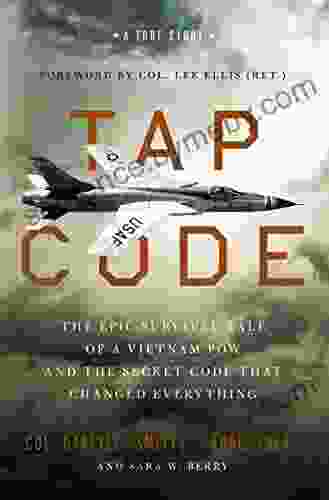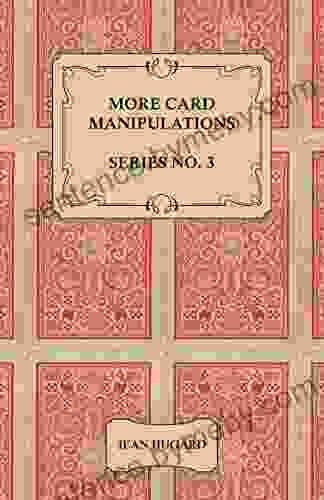In the annals of warfare, few stories are as captivating and inspiring as that of the Vietnam POWs and the secret code they devised to communicate with the outside world. For years, these brave men endured unimaginable hardships, but their indomitable spirit never wavered. Through ingenuity and perseverance, they created a clandestine communication system that would ultimately save lives and change the course of history.
A Living Hell
The Vietnam War was a brutal and bloody conflict that left an indelible mark on the world. For the American soldiers who fought in Vietnam, the experience was often a living hell. They faced constant danger from enemy fire, disease, and the unforgiving jungle terrain. Many were captured and held as prisoners of war (POWs) in horrific conditions.
4.8 out of 5
| Language | : | English |
| File size | : | 14828 KB |
| Text-to-Speech | : | Enabled |
| Screen Reader | : | Supported |
| Enhanced typesetting | : | Enabled |
| X-Ray | : | Enabled |
| Word Wise | : | Enabled |
| Print length | : | 253 pages |
The POW camps were notorious for their overcrowding, lack of hygiene, and brutal treatment. The prisoners were subjected to starvation, torture, and psychological abuse. Many died from malnutrition, disease, or the sheer despair of their captivity.
The Secret Code
In the midst of this living hell, a group of American POWs began to develop a secret code. They knew that if they could communicate with the outside world, they might be able to save themselves and their fellow prisoners.
The code was ingenious in its simplicity. It was based on a series of taps on the walls of their cells. Each tap represented a letter of the alphabet. By tapping out messages, the prisoners could communicate with each other without being detected by their captors.
The code was used to pass on vital information, such as the location of POW camps and the names of prisoners who had died. It also gave the prisoners a sense of hope and solidarity. They knew that they were not forgotten, and that there were people working to secure their release.
The Tap Code
The tap code was not without its risks. The prisoners had to be extremely careful not to be caught tapping on the walls. If they were discovered, they would be severely punished.
Despite the risks, the prisoners continued to use the tap code. It became an essential tool for survival, and it helped to keep their spirits alive.
Escape and Rescue
The tap code eventually played a pivotal role in the escape and rescue of many POWs. In 1971, a group of POWs used the code to communicate with a rescue team that had been sent to find them. The team was able to locate the POWs and bring them to safety.
The escape and rescue of the POWs was a major victory for the United States. It showed that the American people had not forgotten their soldiers who had been captured in Vietnam. It also gave hope to the families of the POWs who were still missing in action.
Legacy of the Tap Code
The tap code is a testament to the indomitable spirit of the Vietnam POWs. It is a story of courage, perseverance, and hope. The code helped to save lives and change the course of history.
The legacy of the tap code lives on today. It is used by prisoners of war around the world to communicate with the outside world. It is also a reminder of the importance of hope and solidarity in the face of adversity.
The story of the Vietnam POWs and the secret code they devised is an inspiring tale of human resilience. It is a story that should never be forgotten. The tap code is a symbol of hope and courage, and it continues to inspire people around the world.


























































































